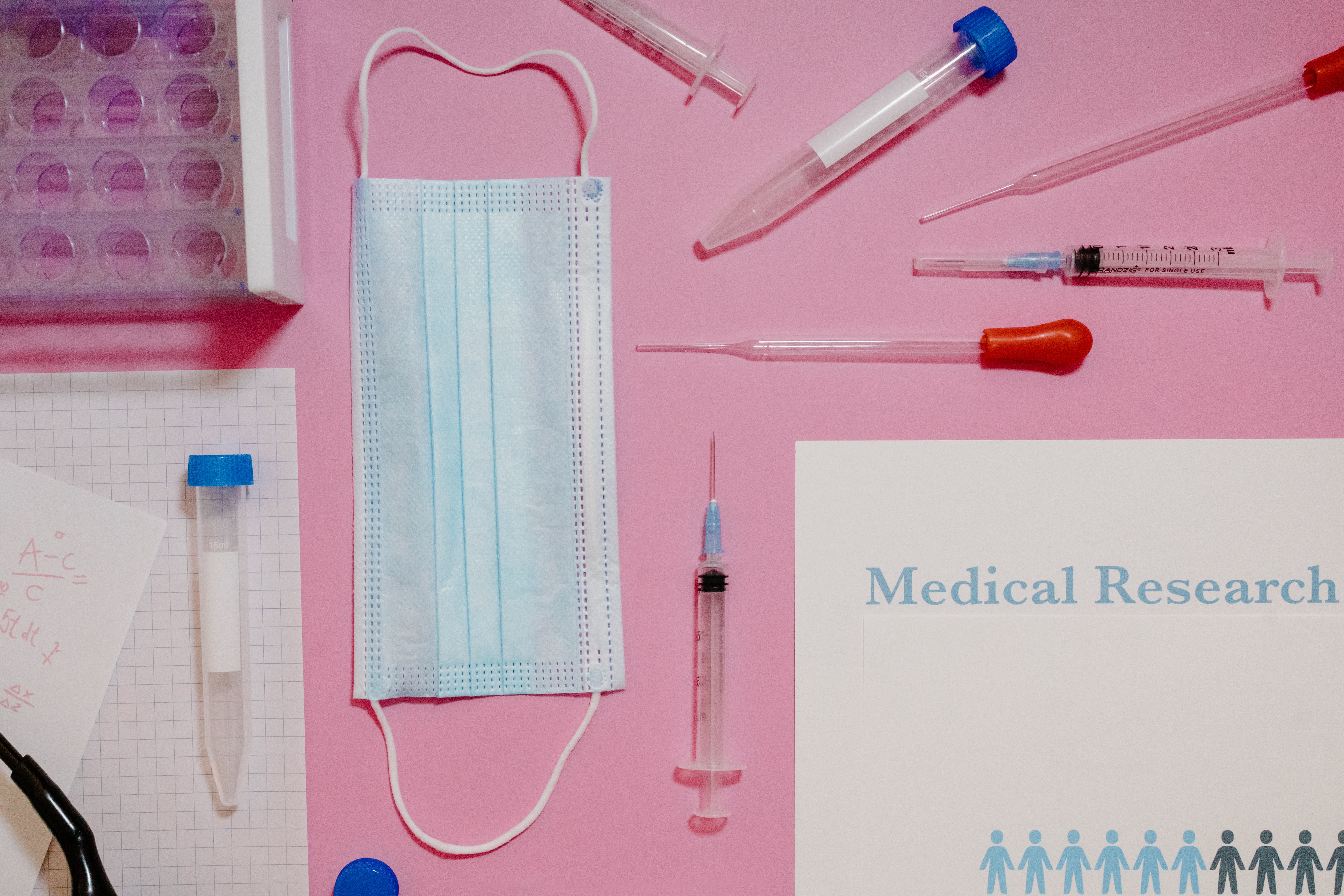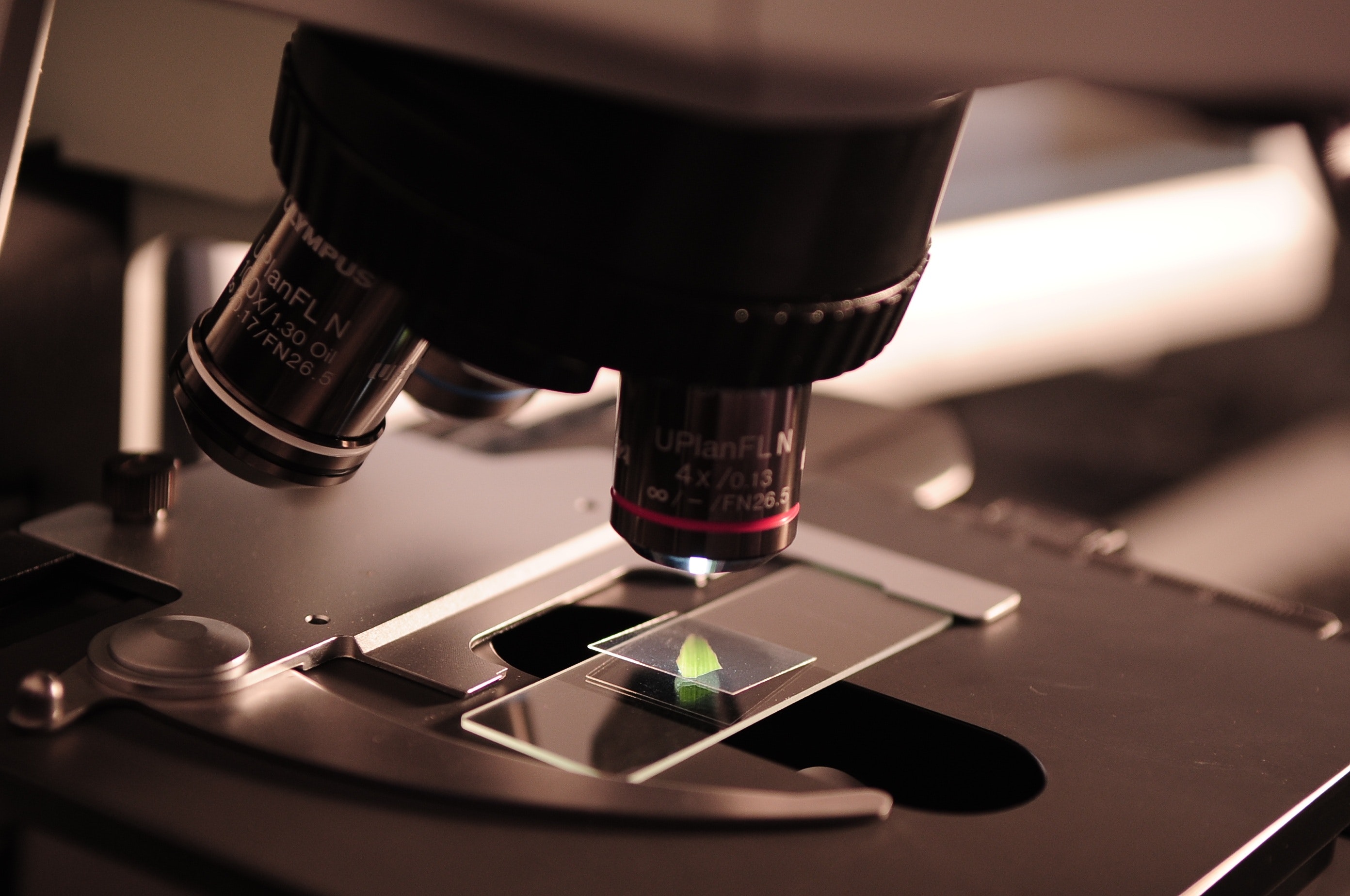The world of pharmaceuticals has undergone significant changes over the past few decades. One of the most prominent developments has been the use of nanotechnology in drug delivery. Nanoformulations are the most recent breakthrough in this area. They are the next frontier in drug delivery, and they have the potential to significantly improve patient outcomes. In this article, we will explore what nanoformulations are, how they work, and their potential benefits.
What are Nanoformulations?
Nanoformulations are defined as a formulation or combination of drugs that utilize nanotechnology to enhance their therapeutic efficacy. They are specifically designed to improve the delivery and performance of existing drugs by reducing toxicity, improving solubility, and increasing bioavailability. A nanoformulation can be made up of various nano-sized materials such as liposomes, polymeric nanoparticles, solid lipid nanoparticles, and dendrimers.
How Do Nanoformulations Work?
The use of nanotechnology in drug delivery allows for more precise drug targeting in the body. Nanoformulations are designed to improve drug stability and solubility in the blood. The drug is delivered in the targeted tissue and is absorbed more quickly and efficiently. The smaller size of the drug particles allows for better penetration into tissues and cells, increasing their therapeutic effectiveness.
Potential Benefits of Nanoformulations
Nanoformulations have multiple benefits over traditional drug delivery such as improved drug stability, reduced toxicity, and increased efficacy. They have the potential to increase drug efficacy and reduce side effects, leading to better patient outcomes. They have shown great promise in the treatment of various cancers, infectious diseases, and inflammatory conditions.
Challenges with Nanoformulation
Despite the potential benefits of nanoformulations, there are still some challenges facing their development and manufacture. One of the most significant challenges is the reproducibility and scalability of nanoformulation production. Small variations in the production process can lead to large variations in the product's efficacy. Another challenge is the toxicity of some of the materials used in nanoformulations, which requires careful consideration and testing.
Nanoformulations are the future of pharmaceuticals, and they hold the potential to transform drug delivery and improve patient outcomes. The use of nanotechnology in drug delivery allows for more precise drug targeting in the body, improving drug stability, reducing toxicity, and increasing efficacy. Despite the challenges, nanoformulations hold great promise for the future of pharmaceuticals. Their development and use require careful consideration and testing to ensure their safety and effectiveness. The pharmaceutical industry needs to collaborate to overcome the barriers to standardized nanoformulation manufacture and to ensure a safer and more efficacious form of drug delivery.






